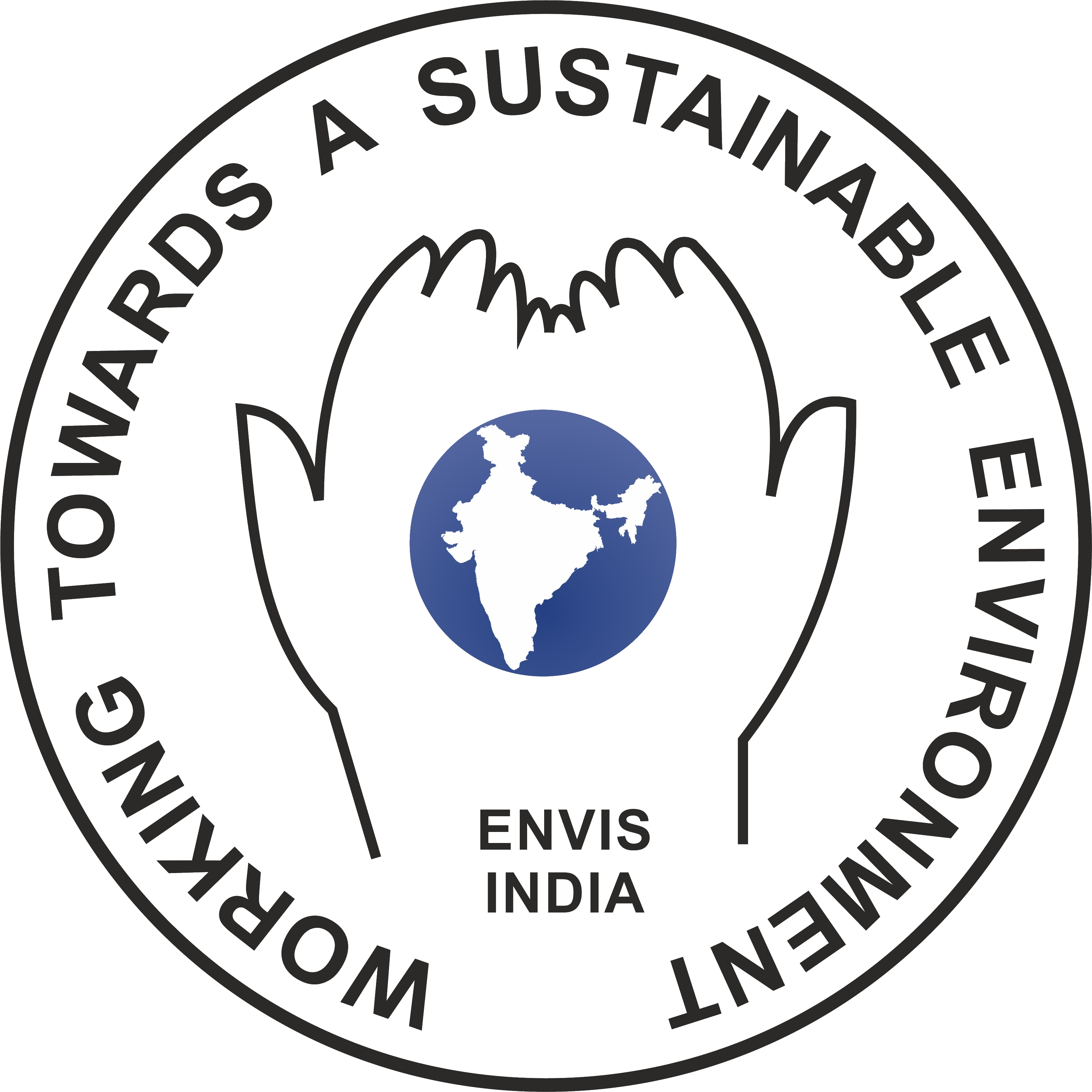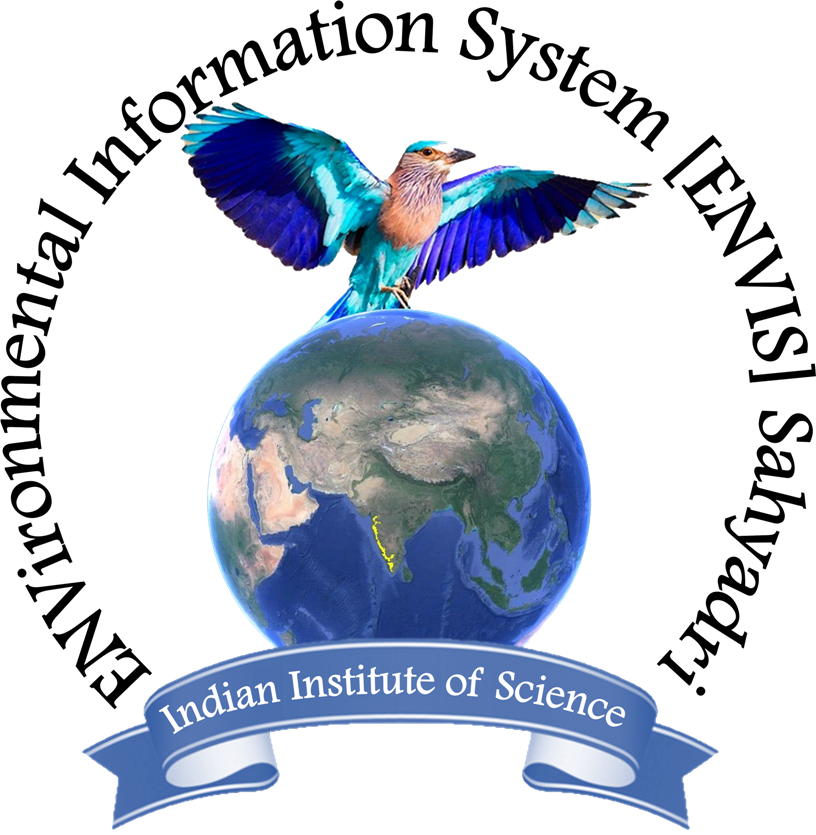Integrated Wetlands Ecosystem at Jakkur Lake, Bangalore: Optimal Wastewater TreatmentCite
Ramachandra T.V., Durga Madhab Mahapatra, Sudarshan P. Bhat, Asulabha K.S., Sincy Varghese, Bharath H. Aithal
ENVIS[RP], Environmental Information System, Energy and Wetlands
Research Group,
Centre for Ecological Sciences, Indian Institute of Science -
560012
envis.ces@iisc.ac.in
tvr@iisc.ac.in Phone:
080 22933099/22933503
2.0 Constructed Wetlands: Reed bed (typha, etc.) with Algal pond as wastewater treatment systems
Wetlands aid in water purification (nutrient, heavy metal and xenobiotics removal) and flood control through physical, chemical, and biological processes. When sewage is released into an environment containing macrophytes and algae a series of actions takes place. Through contact with biofilms, plant roots and rhizomes processes like nitrification, ammonification and plant uptake will decrease the nutrient level (nitrate and phosphates) in wastewater (Garcia et.al, 2010). Algae based lagoons treat wastewater by natural oxidative processes. Various zones in lagoons function equivalent to cascaded anaerobic lagoon, facultative aerated lagoons followed by maturation ponds (Mahapatra et al., 2011b). Microbes aid in the removal of nutrients and are influenced by wind, sunlight and other factors (Mahapatra et.al, 2011, 2013a,b).
2.1 Nutrients as source of contamination: The conventional wastewater treatment systems (sewage treatment plants - STP) are expensive and require input of external energy sources (e.g.; electricity, organic carbon) and chemical additives. These treatment systems generate concentrated waste streams necessitating environmentally sound disposal.
There is an urgent need to develop an innovative, environmental friendly and cost effective sustainable technologies for treating sewage generated in the community every day. Untreated sewage leads to the neighborhood contamination of land and water resources (groundwater). An easy way to check the sewage contamination is to test the level of nutrients (nitrates and phosphates). Nitrate is a substance that develops from organic waste. Algae convert nitrate into organic compounds (proteins, lipids) through photosynthesis in the presence of sunlight. Algae can exhibit growth rates that are higher than other plants due to their extraordinarily efficient light and nutrient utilization. By taking advantage of rapid availability of nutrient enriched water, high solar intensity and favorable microclimate for algal growth, higher densities of algae can be grown continuously that provides ample biomass and at the same time treat wastewater within a short period of time.
Algal bacterial symbiosis is very effective in these tropical conditions. Algae the primary producers generate O2 (during photosynthesis) which aid in the efficient oxidation of organic matter with the help of the chemo-organotrophic bacteria. The type and diversity of the algae grown are potential indicators of treatment process (Amengual-Morro et al. 2012; Mahapatra et al., 2013a,b; Mahapatra et al., 2014)) and bacterial system disintegrates and degrades the organic matter providing the algae with an enriched supply of CO2, minerals and nutrients.
Focus of the current investigation is to assess the efficacy of wetlands in Jakkur lake system. This has been done through water quality assessment (physicochemical analysis) at various stages of the integrated wetland system consisting of sewage treatment plant (10 MLD), wetlands (with macrophytes), algal pond and Jakkur Lake. Nitrate and phosphate levels were monitored at various stages of wetlands ecosystem.


 Sahyadri ENews Issues: I - LXXVIII
Sahyadri ENews Issues: I - LXXVIII
